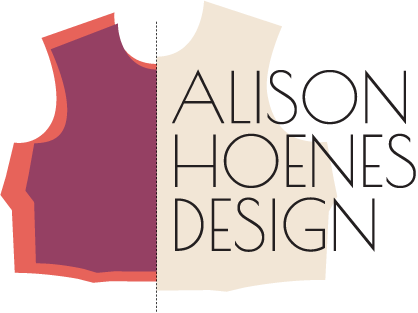3D has become more and more popular in the fashion industry in the last few years. And it is getting more and more accurate. With growing interest in digital fashion and the metaverse, people are speculating about to what extent 3D clothing and samples will take away from the demand for physical garments. As realistic as 3D has become, though, there are still things that only a physical sample can do for your brand. For these reasons, I recommend using a combination of 3D and real life samples during product development so your brand can get the best of both (digital and physical) worlds.
Benefits of 3D samples
The biggest benefit of 3D samples that I see for the brands I work with is being able to see the design “come to life” early on in the process. With the ability of 3D programs like Clo, Browzwear, and Optitex to customize avatar size and measurements and accurately simulate the drape of different fabrics, designers can see how their design will translate on their customer from every angle. It is a great way to step back and see the whole garment and evaluate the continuity of the design and proportions on a body. Then, any changes to the digital sample can be made in minutes or hours instead of days waiting to see a revised physical sample.
3D sampling is a wonderful tool to preview different colorways, color-block combinations, or print scale and placement. During the design process, you can use 3D to decide on your colorways or prints without having to get a sample made in every color! Many brands also use 3D to create their linesheets or supplement their physical sales sample garments to show other colorways without investing in samples of every option.
Because 3D samples are entirely virtual, your brand will save money, materials, and shipping costs on sample materials by decreasing the number of physical samples needed during development. Reducing the number of samples also means less environmental impact with fewer samples being shipped and fewer samples destined for sale stock or disposal if they can’t meet the criteria for final inventory.
While 3D samples are so beneficial in these ways, there are things that only a physical sample can tell you. If your collection will exist only as digital clothing, then 3D is the only type of sampling you need, but if you are creating garments for the real world, it is best to test out the style in its end-use environment.
Benefits of physical samples
Physical samples let you test not only the fit and look of the design, but also test the materials themselves and how they behave in normal use, care, and in production. Getting a physical fit sample made is a great opportunity to wash and dry the garment and see what it measures and how it feels before and after washing.
Because your design is intended to be worn by real people, physical samples show how your garment will interact with the real world. Your fit model (a real live person who represents your average customer’s size, shape, and fit preferences) will be able to tell you how the garment feels on their skin. Does the armhole feel tight when they have a sweater under the jacket? Is the inseam causing thigh chafing with that certain seam type used in the sample? How easy is it to get on and off? She can also wear the garment out and about doing whatever activities the garment is intended for to see how it equips her throughout her day and holds up to her lifestyle.
Even when you have a finished pattern and thorough tech pack, factories often want to see what’s known as a sew-by sample as well. This sample is a physical sample sewn in your final fabrics and finished in the way you want production to be sewn. The factory sewers will be able to look at this sample for a visual reference of how your garment should be constructed. Production is a very hands-on environment and a 3D sample doesn’t communicate this information in the same way a physical garment does.
Physical samples are also a way to test the fabrics and materials in production. Your samplemaker or factory can dial in the machines, determine the right thread and needle size, and time how well the cut pieces move through the sewing line. Any delays in production sewing or handling between steps will mean an increased production cost, so knowing ahead of time how your materials behave will help you plan profitably for production.
3D and physical samples each have their own benefits and limitations for your brand. Using a combination of both during the development process lets you test each aspect of your design and get the best of both worlds.
